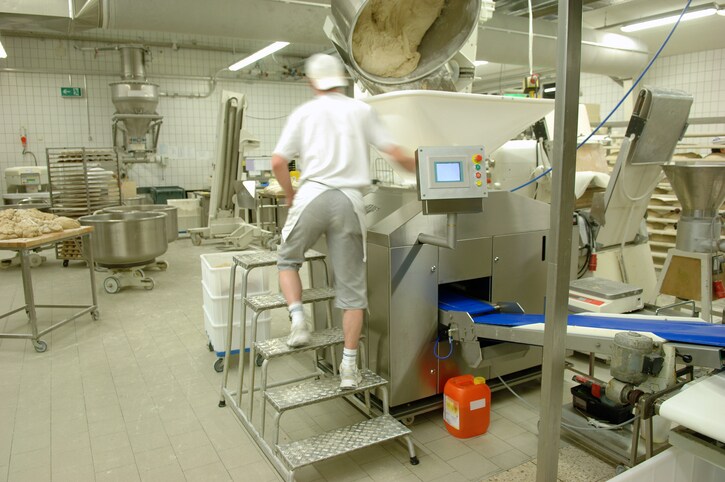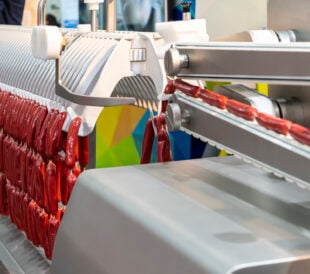 Millions of food products are recalled each year due to foreign contaminants found by consumers. These recalls not only cost companies millions of dollars, but they can damage their reputations and put consumer health at risk.
Millions of food products are recalled each year due to foreign contaminants found by consumers. These recalls not only cost companies millions of dollars, but they can damage their reputations and put consumer health at risk.
There are three kinds of threats: chemical, biological and physical. These threats exist in each step of the food chain, from farm production to processing, packaging and transportation. This article discusses what physical contaminants in food manufacturing are, the types and sources of physical contaminants in packaged food, and how to identify them before they reach consumer hands.
Types of Physical Contaminants
Here are some real-life examples from the U.S. Food and Drug Administration (FDA) 2016 product recall list that show how almost every packaged food is susceptible to foreign contaminant problems.
| Plastic pieces in energy bar | Small metal shavings in apple coffee cakes |
| Piece of rubber in baby food | White plastic in ravioli |
| Hard white pieces of plastic in wet dog food | Metal fragments in gourmet cookies |
| Clear plastic pieces in bread products | Metal fragments in sugar used in Asian sauce |
| Plastic mesh screen fragments in flour | Plastic and/or metal pieces in cans of black beans |
| Small metal fragments in sugar topping of baked items | Wooden pieces in ice cream |
How Physical Contaminants Get Into Packaged Food
What are the sources of physical contaminants in food? As we discussed in a previous article, the closer you get to the farm, the closer you get to many foreign objects. Most raw foods and ingredients originate in a natural environment such as a field, an orchard or a farm. As the food is harvested, foreign objects such as stones or glass can end up commingled and transported into the processing plant.
In one of our previous articles, we explained how almonds are processed. When a crop is ready to be harvested, a tractor-like machine actually grabs the trunk of each tree and vigorously shakes it so the almonds fall to the ground. The almonds are then left on the ground for several days to dry out; another machine then sweeps them into rows so a harvester can pick them up with a series of belts. They are then cleaned through the machine and dumped into a bucket in the back of the truck. The truckload of almonds is then taken to the huller and sheller plant where additional debris, shells and sticks are removed, and the nuts are cleaned and sorted via several pieces of heavy machinery so only the kernels remain. Sometimes rocks, pieces of metal or glass particles are found and removed through the sorting and cleaning process.
As the food moves into the processing and packaging facility, there is potential for more foreign physical contaminants. The food production industry is run on machinery that can break down and wear out. As a result, sometimes small pieces of that machinery can end up in a product or package. Metal contaminants can be accidentally introduced in the form of loose pieces of equipment such as nuts, bolts and washers, or metal can break off from other parts such as mesh screens and filters.
How to Detect Physical Contaminants
The food industry takes many precautions to ensure that any food that reaches consumers is free of physical contaminants like metal, glass and stone, which as we just learned can enter a product or package anytime during farming or processing. There are X-ray inspection systems that use X-rays and sensors and food metal detectors that use metal coils and high frequencies to find contaminants before they reach consumers. In fact, this year there have been major changes in food metal detection technology that will help significantly in reducing the number of metal physical contaminants in food manufacturing. Food metal detectors that are equipped with new multiscan technology enable operators to pick a set of up to five frequencies from 50 kHz to 1,000 kHz. The technology then scans through each frequency at a very rapid rate, effectively acting like five metal detectors in one. You can read more about multiscan technology in the white paper Why Multiscanning Technology Improves Metal Detection and Food Safety.
We can expect that with multiscan technology there will be far fewer product recalls related to metal physical contaminants in packaged foods.






Leave a Reply